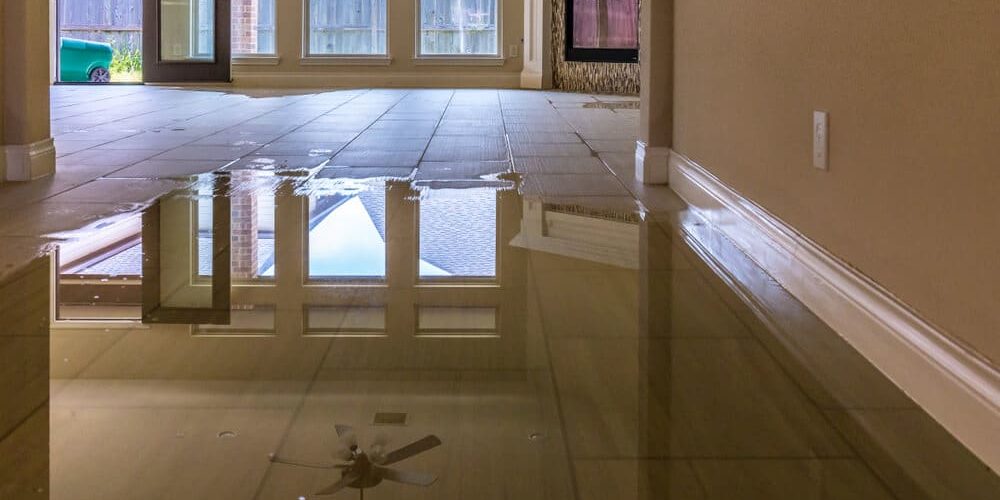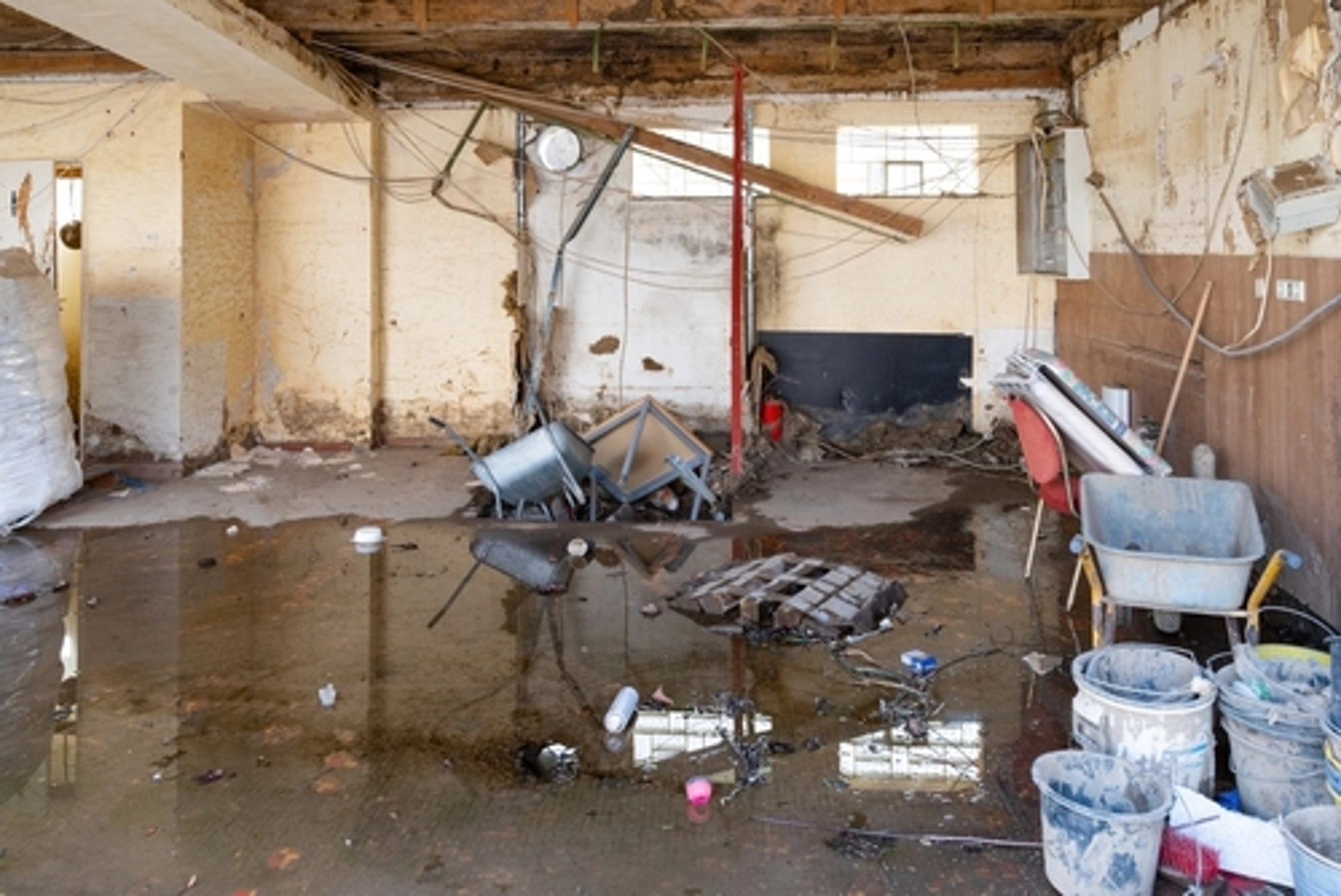Cost-Effective Damage Restoration Services to Handle Severe Water Issues
The Refine of Water Damage Cleaning: Guaranteeing Your Home Is Recovered Efficiently
Water damage can be an overwhelming difficulty for property owners, necessitating a thorough and structured cleanup process to bring back safety and performance. A thorough evaluation is essential to determine the degree of the damage and figure out the ideal remediation procedures. Following this, reliable water extraction techniques play a pivotal duty in minimizing further injury. The nuances of drying, sanitizing, and eventual restoration are similarly essential and usually forgotten. Understanding these stages can make a considerable distinction in the outcome of your home's reconstruction, prompting a closer consider what each step entails.
Assessing the Damages
Upon finding water damages, the initial step is to completely evaluate the level of the effect. This first analysis is important, as it aids identify the necessary actions for effective cleanup and remediation. Begin by examining the affected areas, including wall surfaces, ceilings, floorings, and personal possessions, to determine the source of the water breach, whether from flooding, leakages, or condensation.
Documenting the damages is necessary for both insurance coverage cases and preparing remediation initiatives - damage restoration services. Usage photographs and written notes to catch the extent of the damages, keeping in mind any kind of damaged architectural components and products. Pay unique interest to locations that may not be promptly visible, such as behind walls and under carpetings, as hidden dampness can lead to more issues, consisting of mold and mildew growth
In addition, evaluate the timeline of the water direct exposure. The longer the products remain damp, the better the capacity for damages. Comprehending the duration of direct exposure will certainly notify the seriousness of remediation initiatives. Ultimately, a detailed analysis prepares for a successful water damages cleaning procedure, making certain that all impacted locations are dealt with properly and completely.
Water Removal Methods

Experts generally employ completely submersible pumps for larger quantities of water, which can rapidly reduce flooding in cellars or other impacted areas. For smaller quantities, wet/dry vacuums are typically used to draw out residual moisture from rugs and tough surfaces. In addition, utilizing mobile extractors permits for targeted removal in constrained spaces or locations with delicate products.
In instances of contaminated water, such as sewer or floodwater, advanced extraction strategies might involve the use of biohazard equipment to make sure safety and compliance with wellness guidelines. High-powered extraction devices are crucial in reducing water retention in architectural materials, which can result in mold development and architectural degeneration otherwise attended to promptly.
Eventually, the effectiveness of water extraction strategies plays a crucial role in the overall success of the water damage cleanup procedure, laying the foundation for subsequent restoration efforts.
Drying and Dehumidification
As soon as standing water has been properly extracted, the following important phase in the water damage cleanup process is drying out and dehumidification. This step is crucial to protect against more damages and mold and mildew development, which can take place within 24 to two days in wet settings.
To accomplish efficient drying, specialized devices such as industrial-grade air moving companies and dehumidifiers is utilized. Air moving companies distribute air throughout wet surface areas, boosting dissipation rates, while dehumidifiers lower moisture levels in the air, promoting a favorable atmosphere for drying out. The mix of these devices makes sure that moisture is attracted out from floorings, home furnishings, and walls, permitting them to completely dry completely.
It is very important to keep track of the drying out process carefully. Professionals frequently make use of dampness meters to examine the moisture content in various materials, ensuring that all influenced areas get to appropriate dry skin levels. This careful method helps to stop concealed wetness pockets that might lead to architectural damages or undesirable mold development.

Cleansing and Sanitizing
After the drying and dehumidification stage is full, the next vital action in water damage clean-up is cleaning up and sterilizing the influenced locations. This procedure is essential to prevent the growth of mold and mildew, microorganisms, and various other virus that grow in wet environments.
The cleaning stage usually includes removing any kind of particles, dirt, and contaminants from surfaces utilizing specialized cleaning up agents. For hard surface areas, a combination of soap view it and water or industrial cleaning products is usually used. Soft products, such as furniture and rugs, might need more comprehensive cleansing methods, including steam cleansing or deep extraction strategies, to make certain thorough cleanliness.

Sanitizing adheres to cleaning, utilizing EPA-approved anti-bacterials to remove harmful microorganisms. This action is crucial, particularly in locations that may have entered into call with floodwaters or sewage, as these sources can pose severe health risks.
Furthermore, it is very important to address any continuing to be smells, which might need the usage of odor neutralizers or advanced techniques like ozone therapy. Appropriate cleaning and disinfecting not only recover the safety and hygiene of your home but also prepared for successful repair and repairs in subsequent stages of the water damage clean-up procedure.
Repair and Repair Work

Once the assessment is total, repair efforts can start. This commonly entails repairing or replacing damaged products, ensuring that all job follows regional structure codes and standards. As an example, if drywall has been compromised, it will require to be removed and replaced with new product. Additionally, flooring may require comparable focus, relying on the degree of water exposure.
It is critical to engage experienced remediation professionals during this procedure, as they have the proficiency to manage complicated fixings effectively. Furthermore, they can aid alleviate prospective future problems, such as mold growth or architectural instability, therefore making sure a habitable and safe living environment. Inevitably, reliable restoration and fixings recover the home's stability and enhance its general value.
Verdict
To conclude, the process of water damage cleaning is crucial for recovering a home to its pre-damage condition. Each phase, from examining the damage to implementing reliable water extraction methods, followed by complete drying out, disinfecting, and required fixings, plays a necessary duty in making certain safety and security and conformity with building criteria. Efficient implementation of these steps not just alleviates instant damage however also improves the long-lasting stability and worth of the property.
Water damages can be a daunting obstacle for property owners, necessitating a organized and precise cleanup procedure to recover safety and capability. Inevitably, a comprehensive analysis lays the groundwork for an effective water damage cleanup procedure, Related Site ensuring that all affected locations are resolved successfully and completely.
Efficient water extraction strategies are necessary in reducing damages and stopping additional complications following a water breach event.In conclusion, the procedure of water damage cleanup is vital for restoring a home to its pre-damage condition. Each phase, from analyzing the damage to damage restoration executing reliable water extraction strategies, complied with by extensive drying out, disinfecting, and essential repair work, plays a vital function in ensuring security and compliance with building requirements.